
Electronic Health Records (EHR) require a considerable amount of time spent on notes. It causes burnout for doctors, a decline in patient satisfaction, and reduced efficiency and productivity. There are multiple ways to leverage this. Let’s explore.
The Problem
If you have more than three decades of life experience, you probably have some medical records. My wife and I both have some x-rays to show our kids when we lecture them about safety.
Medical records have been in use for almost four millennia. Initially, they had time to do it manually because fewer people and fewer sick people were. Today sickness is the new normal, and we run to doctors with our conditions. Relevant track records are required on both sides. That is a burden for the doctor, who cannot concentrate simultaneously on the patient and the notes. That is a burden to the patient because he is not paid due attention or cannot see the doctor because their schedule is filled up with admin time.
The Solution
I have done this before, and while I know several techniques “first hand” to handle this efficiently, you can only choose two of the three in today’s age.
If EHR must be filled, there are four ways to do it. The doctor can do it. But then who will focus on the patient, or who will take additional admin time?
The second solution was the medical scribe. In this case, an additional person takes notes of the meeting of the patient and the doctor. While this solution lets the doctor see more patients, they still have to review and edit the messages. The presence of another person also raises price, privacy, and accuracy questions.
Virtual scribes or medical transcriptionists can work remotely, either online or offline. This reduces the monthly cost by 70%, but the privacy and accuracy issues are still lurking around. It is still a third person who deals with your data. And there is information security, too, especially when the person is offshore.

If your transcribe team is offline, they have no chance to ask for clarification. The result won’t be immediate for sure if they can work on the recording right away. Transcribing can still take up to four times more than recording.
The scribe can organize the notes and make summaries. The result can better reflect the doctor’s thoughts on the patient, and the patients have a better chance to understand their condition and suggested cure. But the doctor still needs to do reviewing and editing.
Medical transcription with artificial intelligence (AI) is an impersonated solution that can improve itself. It works in real-time and is the cheapest of all. AI-powered medical transcription tools can listen to the patient-doctor interaction, select the medically relevant information and summarize it in an EHR-compliant format. So this seems to be a good, fast and cheap option. But that removes the human element, which we, humans, might try to avoid, right?
Conclusion
The best, instant, accessible solution for our medical records is staying healthy. But until people are kept in bondage in cities, mortgages, workplaces, and smog (e.g., air, noise, thought, etc.), they are fed rubbish physically, emotionally, and mentally. We need to keep those records somehow. Let’s try to do it effectively then.
ATI in Medical Records & Automation
At ATI, we are equipped with helping tactical and tedious medical scribe tasks and harnessing the power of AI (Artificial intelligence) to automate the process. Most physicians already use Electronic Medical Record software for the documentation, but these programs lack interoperability and are time-consuming. We leverage our unique healthcare problem-solving and system integration skills to streamline the process. Furthermore, AI can accomplish this task through automating documentation, speech recognition, and natural language processing technology to support the creation of notes in real-time.
Resources
https://www.health.harvard.edu

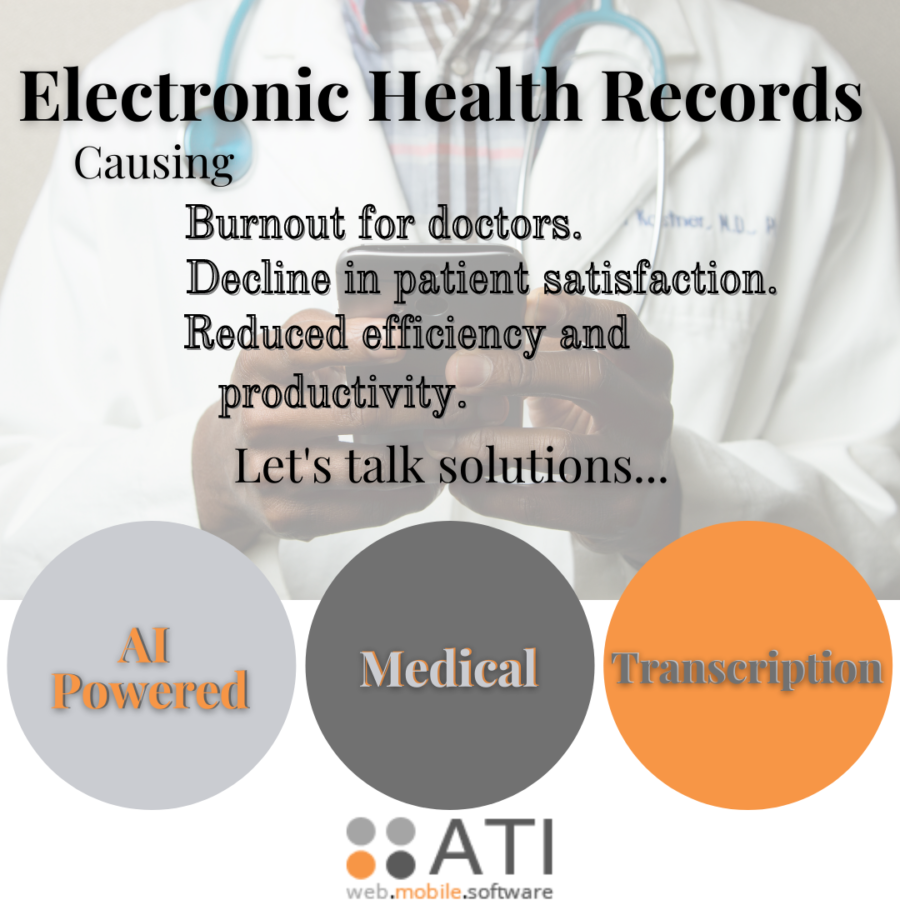
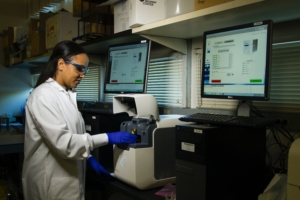


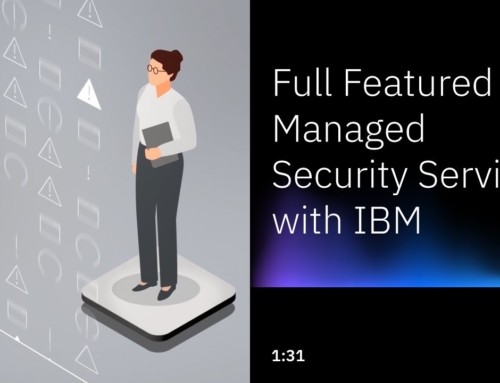

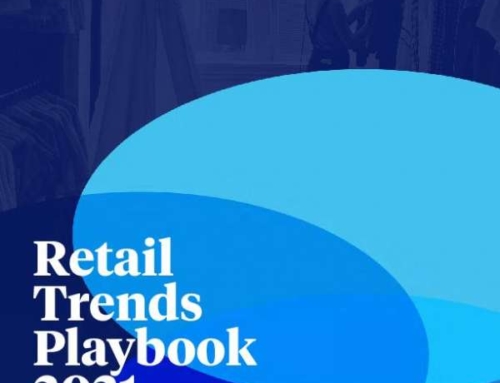


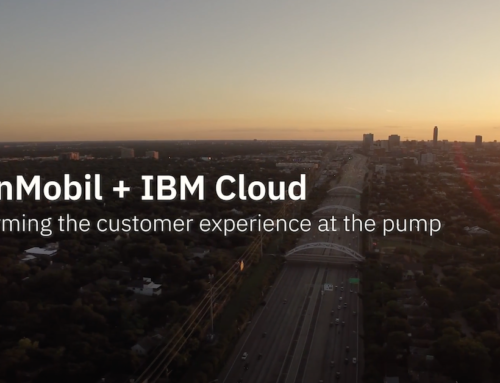
Leave A Comment